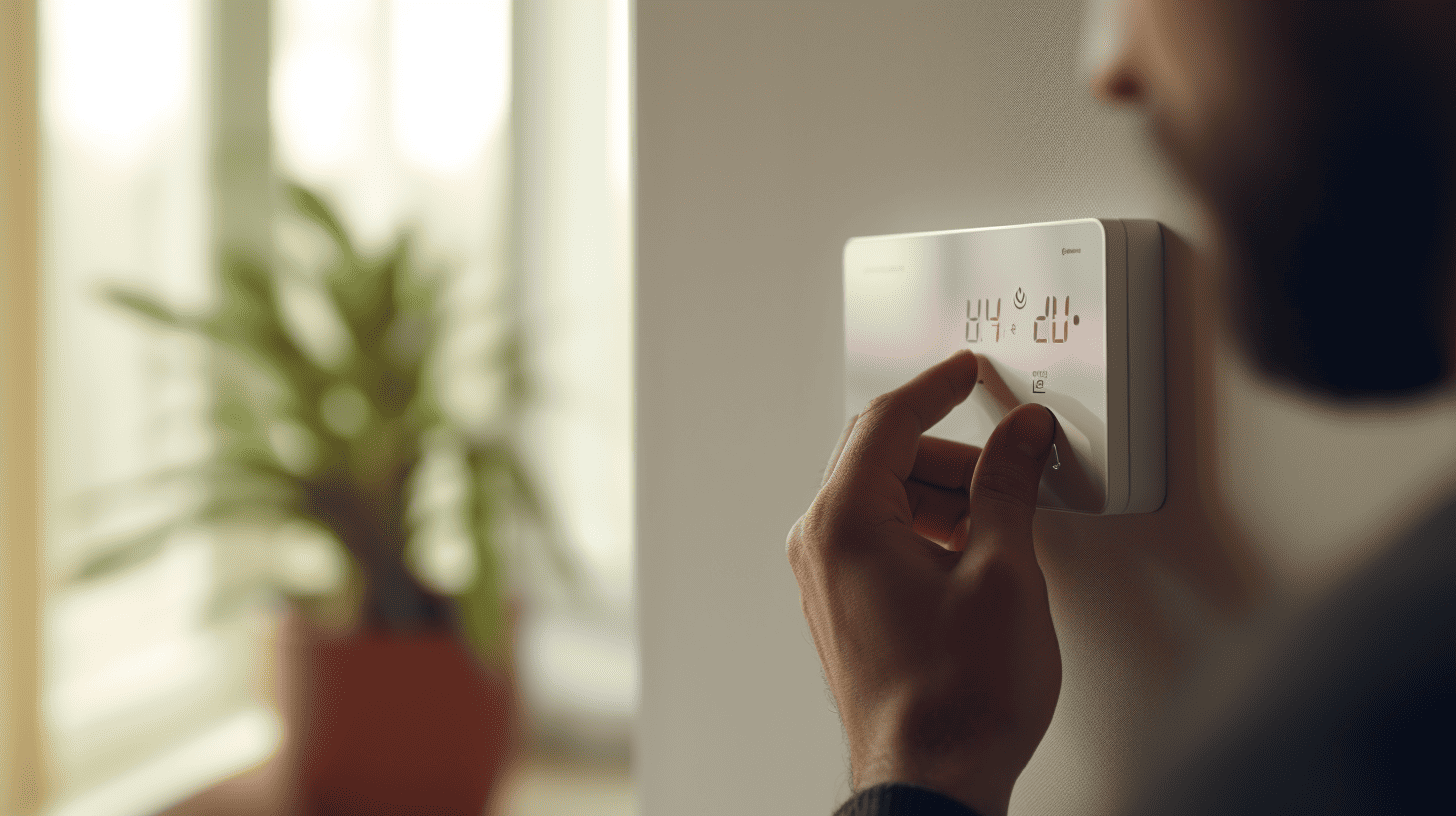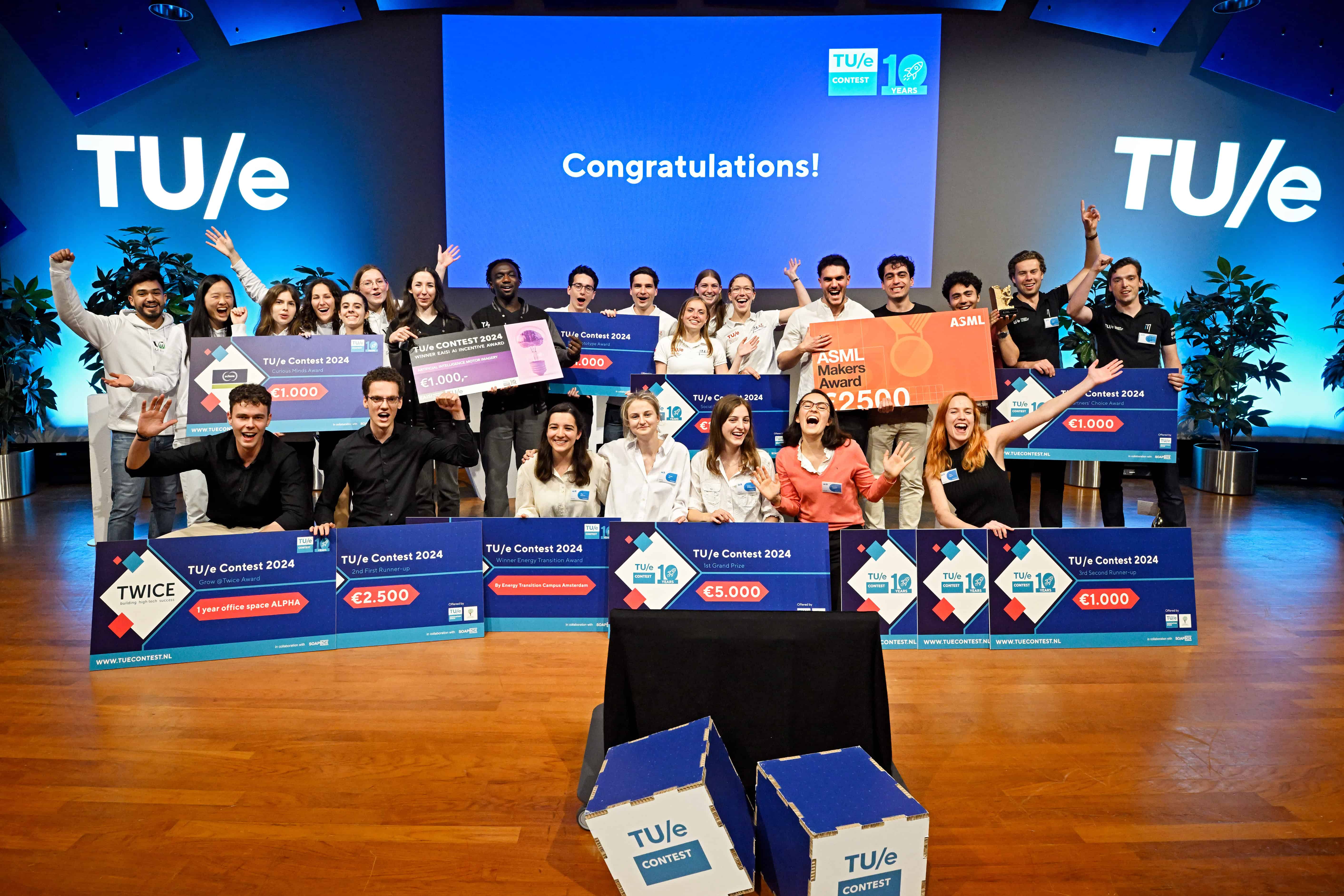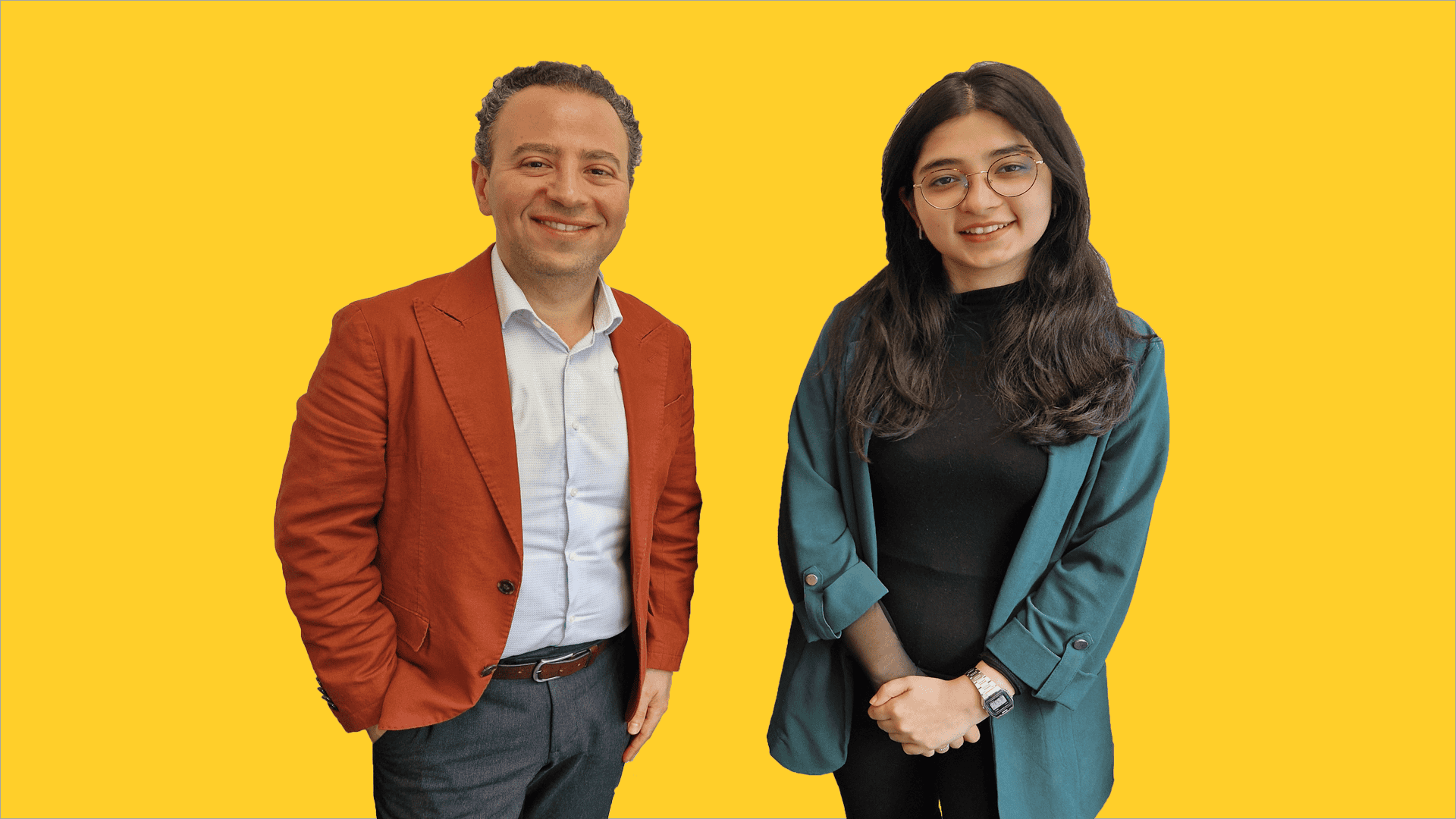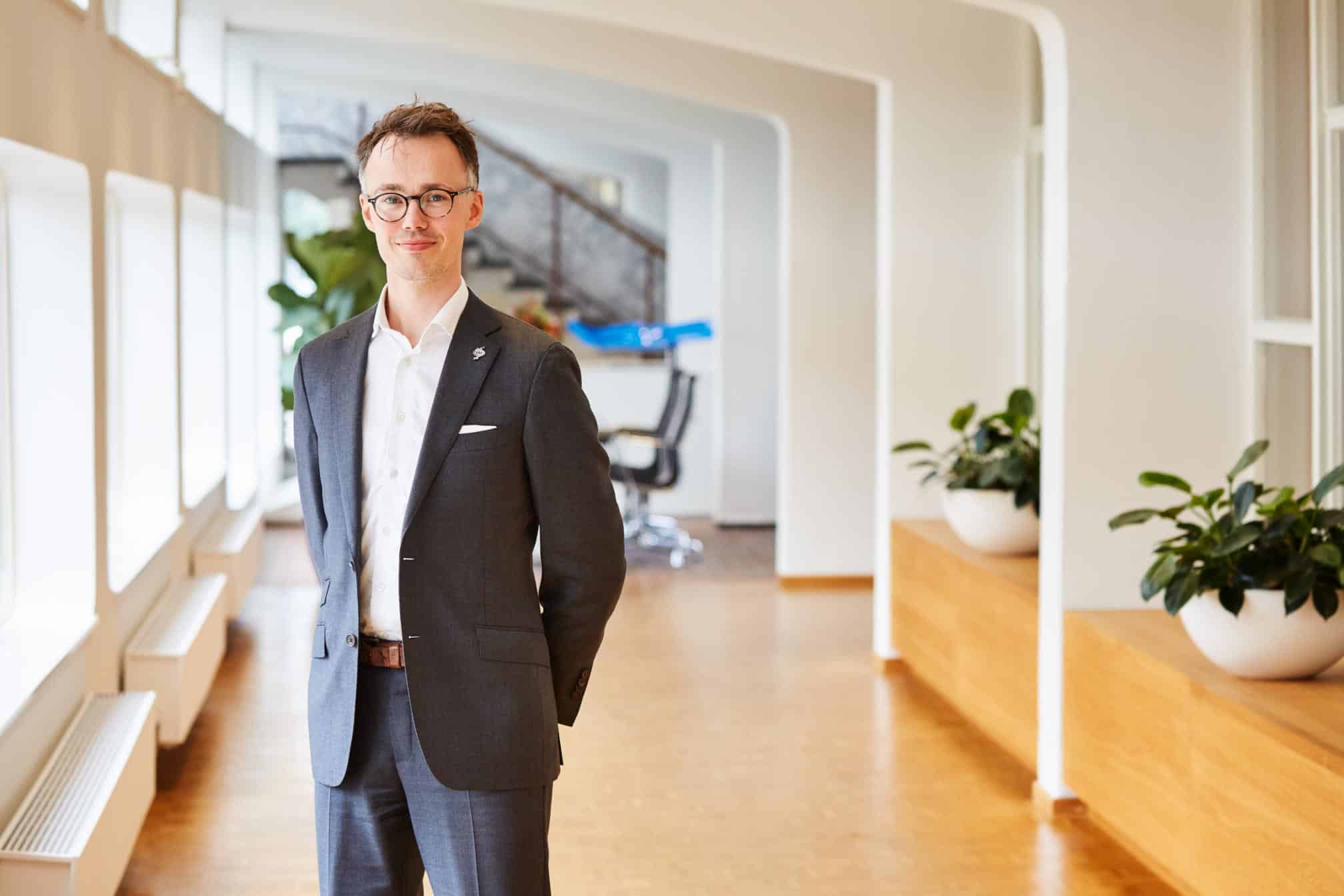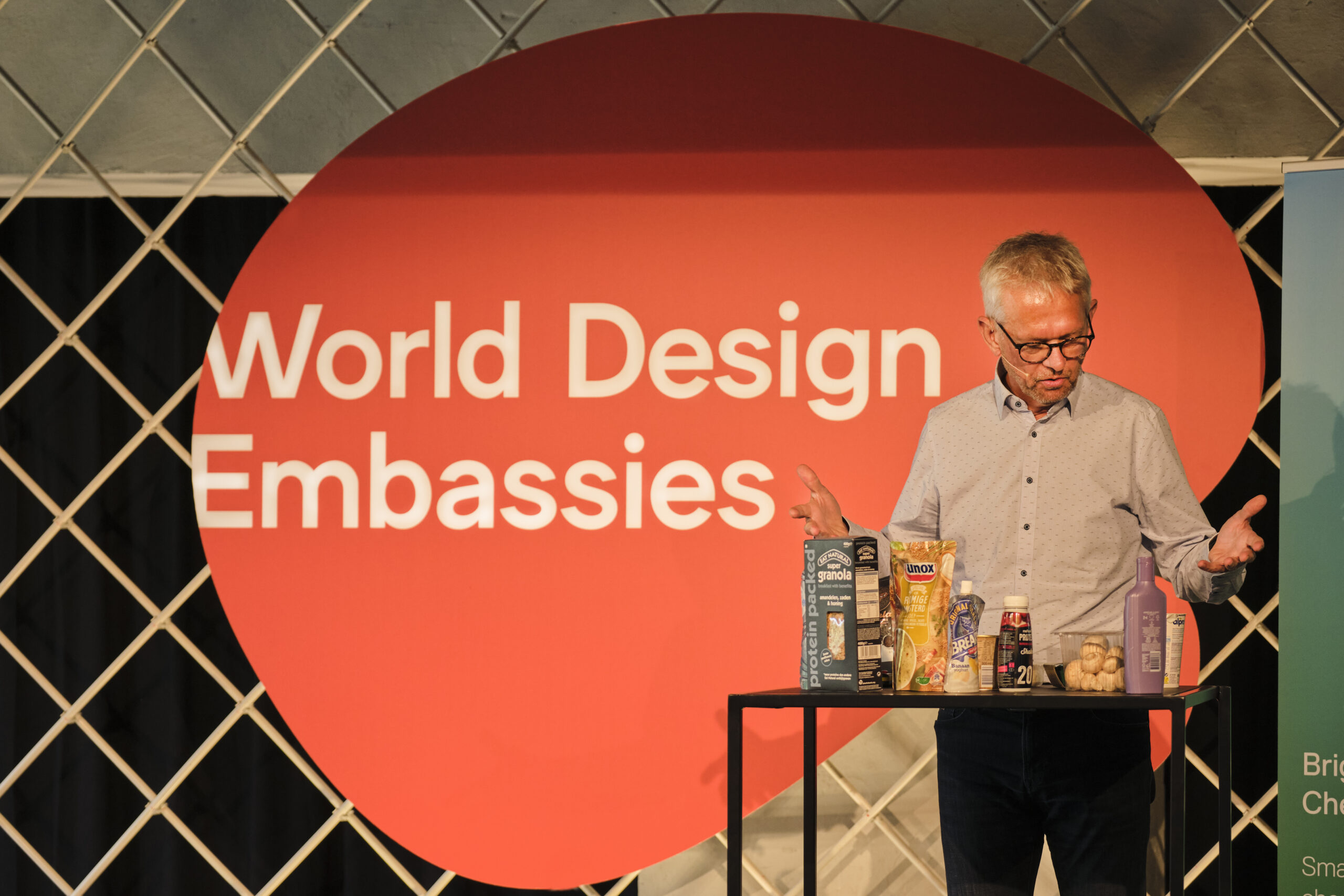
A house made entirely out of sustainable plastic, from the flower pots to the plates and from the mattresses to the chairs. Can you already see yourself living there? Maybe in the future, these plastic products will actually be for sale in stores. During Dutch Design Week in Eindhoven, The Netherlands, you will be able to get a sneak preview. The Rethinking Plastic House, as the exhibition is called, was developed by the Embassy of the same name. What the Embassy of Rethinking Plastic is mainly concerned with is that we, as a society, should think about the future of plastic. What will the world look like in 2050? Where will you be living then? What kind of work will you be doing? And what will the climate be like? “That’s so hard to imagine,” begins Lia Voermans, director of Innovation Strategy at Brightlands Chemelot Campus, during the Embassy of Rethinking Plastic conference held at the Dutch Design Week (DDW).

“We are on the eve of major change. Right now, we’re trying to cram innovations into existing systems, the systems that we are familiar with. Only that’s not going to work. We have to let go of everything and work towards new revenue models,” she states.
This is a difficult task in the case of plastic. This is because it is an indispensable material in industry and society. But it is also very harmful to the environment. That’s why we have to find new forms of plastic and why the way we use it now is going to have to change completely. To really achieve groundbreaking innovations, many different parties need to work together. The conference of the Embassy of Rethinking Plastic is a starting point. This is where designers, scientists and business people eet each other.
Also read: Mattresses have to become more eco-friendly and this technique makes that possible
Designers are indispensable
The Embassy of Rethinking Plastic is one of the eight World Design Embassies at DDW. It examines the role of designers in solving social issues. The Brightlands Chemelot Campus and Yksi Expo both have an important role to play in this Embassy. “Over the past decade, we’ve made great strides in the area of sustainability, but now it’s really going to happen,” contends Leonne Cuppen, curator of the Embassy of Rethinking Plastic and founder of Yksi Expo. “In some ways, ecological value is starting to become more important than economic value. This is an interesting moment in time and I’m happy to be a part of it.” Voermans also says about this: “Inventors and designers are an important key in the transition to a circular society.” At the Brightlands Circular Space, chemistry meets the world of design. This eventually led to further collaboration at the Embassy of Rethinking Plastic.


“Recycling is part of the solution,” Voermans asserts. “We ultimately want to build an entire systems transition.” Brightlands plays an important role in this as an innovation cluster. Its location – between Rotterdam and the German Ruhr area, among other things – makes it an ideal place to advance innovations further. Among other things, Brightlands Circular Space is looking at the development of circular materials that are interesting for the Dutch, European and perhaps even global economy. “We are going to rethink the whole process, from collecting and sorting plastic to inventing new materials,” she went on to say.
Complex
During the Conference, Marnix van Gurp, director of the Brightlands Materials Center, is guiding the public through the complex world of plastic recycling. “Packaging in the supermarket keeps our food fresh and safe. Besides that, it is also a convenient way to transport food,” he starts out. Some of the packaging can already be recycled successfully, such as PET bottles that are collected separately. But it is still very difficult to recycle a lot of packaging. “That’s because packaging is often made of different types of polymers and materials,” he says. Because the materials are not easily separated, it is also difficult to make something new from them again. In order to solve this problem, a new way of thinking and designing is needed.
“Alpro’s packaging, for example, already has a paper wrapper that can be easily removed,” Van Gurp continues. “Except that consumers often don’t do that. The packaging is mistaken for paper in waste processing, so that plastic also ends up in the paper bin. As a result, that batch of paper recycling fails.” Consumer behavior is a major factor in this. “The design is well thought out, but in practice it turns out differently,” he notes. His plea: “Think about recycling plastic in a different way. Here, the combination of design and knowledge of materials is extremely important. Otherwise we won’t get there.”


Read more about Brightlands here
A high-grade product
Designers Jessica den Hartog and Michelle Baggerman are working on this idea in their Chrysalis project. For a number of years, the designers have been working – each in their own way – with plastics and the recycling thereof. They found each other just over a year ago and started Chrysalis. Inspired by a cocoon in the wild, they are now trying to make yarn from recycled plastic. This involves plastic from household waste, such as shampoo bottles or detergent containers. Therefore, not the well-known PET bottles.
“We want to make a product that is able to stay in the loop,” says Michelle Baggerman. ” Nowadays, you often see that colored plastic is recycled once. Then it becomes such a grey mass that is then used one more time for something else, for instance, as a disposable item. That’s a shame because you only get to reuse the plastic once. After that, it is still thrown away. If we turn it into textile, then the plastic is really reused in a product that lasts a long time.”

In order to study exactly how yarn can be made from recycled plastic, the designers are using the laboratories at the Brightlands Chemelot Campus. “That’s a great place where interchanges are concerned for coming up with an end product,” she continues. “We have the creativity, but not the facilities to actually experiment with making yarn. We are also now looking to work with scientists who can help us understand the chemical processes around recycling plastic. That way, we’ll eventually be working towards an actual real-world application.”
Curator Leonne Cuppen ends by saying, “The conference is intended to connect people, it’s a starting point to together look at making the production and use of plastic more sustainable.”



